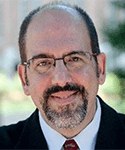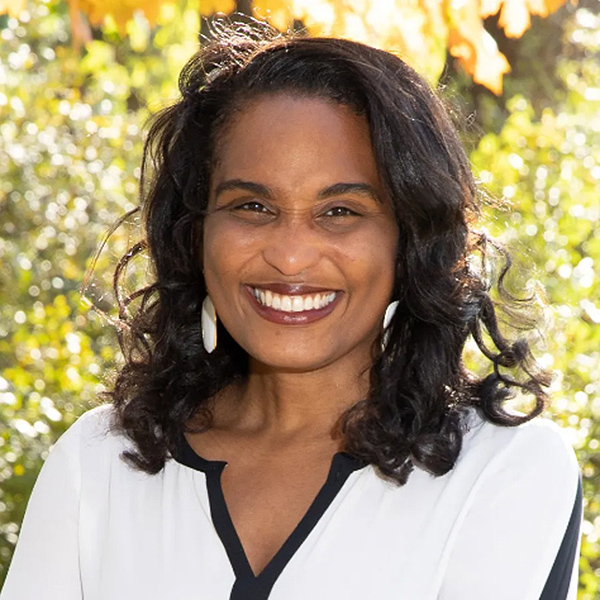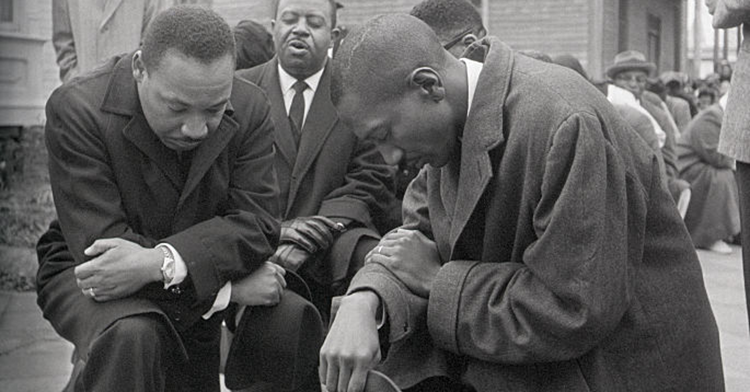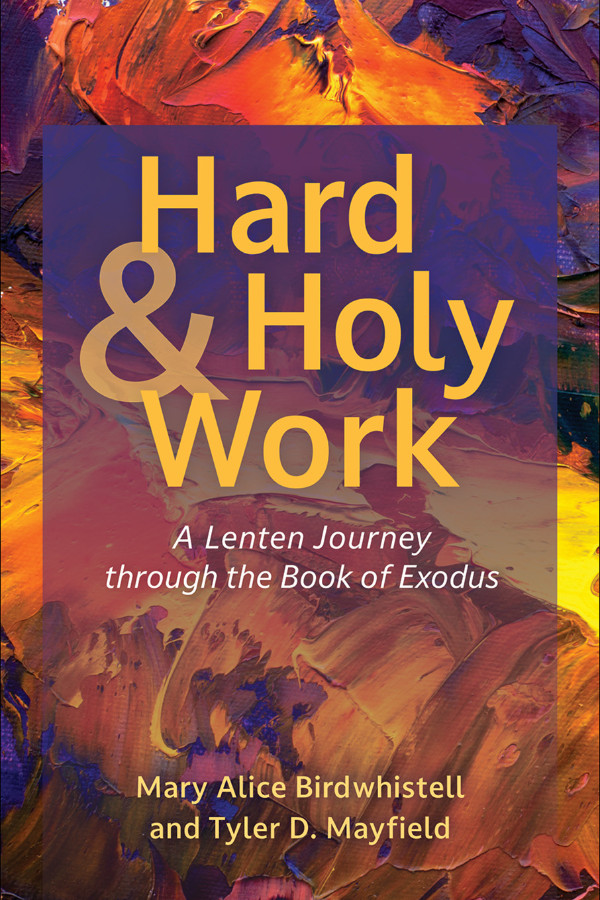A skirmish is now happening on the frontiers of American Christianity. Two revitalization movements, the Multiracial Church Movement and the Emerging Church Movement, are at odds with each other, calling each other to account for their failures of vision.
Soong-Chan Rah, professor of church growth and evangelism at North Park Theological Seminary, wrote an article for “Sojourners” magazine accusing the Emerging Church Movement of being “white-male-centric” and thereby ignoring the need for racial justice. Such strong words -- and a forceful image of a box of “White only” crayons -- provoked a rejoinder from the other side.
Tony Jones, a prominent (certainly not the only) voice in the Emerging Church Movement, wrote a series of posts, partly ranting, partly apologizing, and partly summarizing what is no doubt a passionate churning of thoughts and emotions. Jones is no stranger to the problem of racial diversity in the American church and defends himself by stating that not only does he attempt to bring more public ethnic diversity to the movement but also urges Emerging Church leaders to focus attention on white privilege and calls on non-white leaders to “let your voice be heard.”
Jones goes further to bring a set of counter-accusations to Rah. Most importantly, Jones believes he and others are victimized when Professor Rah overtly stereotypes participants in the Emerging Church Movement whom he epitomizes as “a blond-haired, 29-year-old, white male, replete with cool glasses and a goatee” and more generally characterizes emergent Christians as “younger people of European descent and stylistic flair” who wear “trendy clothing, sporting cool hairstyles and eyewear” and create a “postmodern church” that is “simply the pierced and tattooed offspring of its older, modern parents.” Ouch!
“Stop stereotyping us,” Jones writes. “It is clearly unacceptable for me to write about the hairstyle of an African-American church leader or the eyes of an Asian-American person . . . And yet it seems acceptable to write about EC practitioners.” Jones also responds to Rah’s “charges of racism” by looking to Rah’s employer, North Park University and Seminary, and finds that the school’s trustees are 85% white, the administration is 85% white, the faculty is 83% white, and the student body is 65-75% white. Jones writes, “Is North Park for whites only? Of course not!”
Then Jones takes one step further. In an ironic play on the lack of “diversity,” Jones asserts that Rah’s association with Sojourners shows their own systematic exclusion of an important social group in society: GLBT Christians. If Emergents are exclusively white, then Rah’s ilk are exclusively heterosexual.
Watching from the sidelines, what I find interesting is the profound similarities between the two sides. Both of these two movements are zealously competing for attention from the mainstream church. Both believe mainline and evangelical churches come up short in accomplishing the promise and prophetic potential of the church. Both believe they have the vision and leadership to infiltrate established structures and to create new, paradigm-breaking communities that exemplify their values. And both believe their visions will more fully accomplish the mission of the church by successfully attracting outsiders who are alienated and disillusioned by contemporary Christianity. What we have is competition for the future.
Despite these similarities, it is unfortunate that current indications reveal little sympathy between the two camps. The Multiracial Church Movement tends to be more orthodox in doctrine and liturgy than the Emerging Church Movement, while the Emerging Church Movement tends to be much less programmatic and concrete in its demand for new initiatives than the Multiracial Church Movement. The conferences I’ve attended from both sides reveals these differences, and more. Nevertheless, my own guess is that the future is likely to absorb core aspects of both movements.
Current trends appear to support that young adults are more attuned to issues of diversity as well as more eager to embrace the questioning reorientations found in the emerging “conversation.” In short, younger generations are both more racially diverse and more “emergent,” leaving me to believe that the future of American Christianity will be, shall I say, “diversely emerging.”
Gerardo Marti is L. Richardson King Associate Professor of Sociology at Davidson College in Davidson, North Carolina, and is author of "Hollywood Faith: Holiness, Prosperity, and Ambition in a Los Angeles Church" and "A Mosaic of Believers: Diversity and Innovation in a Multiethnic Church."







